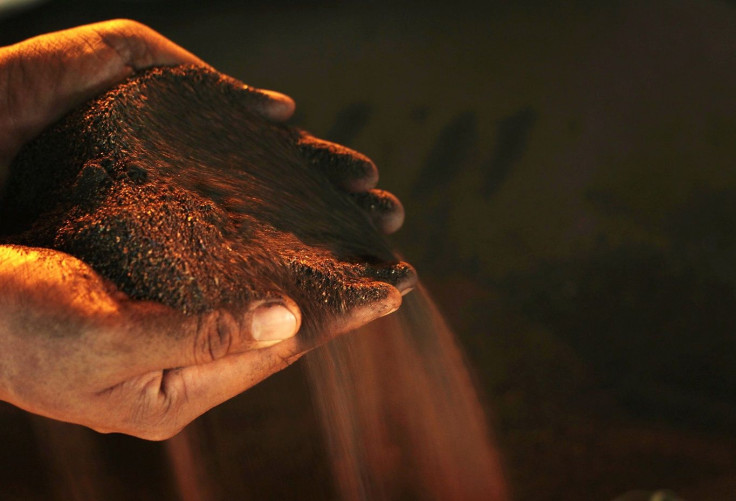Expectations Of Nickel Bull Run Dampened By Demand Woes

For more than a year, analysts have been anticipating an upturn in nickel prices, driven by the Indonesian export ban implemented early last year. Now, reality is slowly catching up with these analysts as some of the biggest commodity banks have been slashing their price forecasts for nickel in the last few days.
"Fundamentals of this small, high-value metal market are subdued for now," said Morgan Stanley, as it cut its Q3 nickel price forecasts for the second half of the year by 12 percent to US$13,228 [$17,230] per tonne. "Global inventories are high/rising; regional premia are soft; stainless steel prices are in decline." The financial firm also decreased its Q4 outlook by 10 percent to US$13,448 per tonne.
Citi has predicted the same, saying, there is little prospect of a sustainable nickel price or stainless stocking upturn ahead this July/August holiday period. JP Morgan also said that it would be "more comfortable with US$10,000 nickel" than it was when the metal was at US$17,000 per tonne. It is also concerned about stainless steel demand, which it described as "underwhelming" during the second quarter.
Indeed, many analysts are pointing towards demand problems, especially in China, which is the biggest consumer of industrial metals like nickel. Ever since the Indonesian ore ban, nickel's story was deemed to be a question of supply, which looked very bullish, given the loss of so much mined output from Indonesia. Demand growth was taken as a given, even when the numbers say otherwise.
For instance, global production of stainless steel, which uses nickel as a primary component, grew by 8.3 percent last year, according to the International Stainless Steel Forum. But Citi says that the growth for the first quarter of this year was just 1.1 percent, with Wood Mackenzie now forecasting only a 3.4 percent global growth for the rest of the year. That means significantly slower growth in China, hence negatively impacting the nickel industry.
Still, the facts do not deter some analysts to hope for a nickel comeback. Most optimistic of all is Scotiabank's vice president of economics and commodity market specialist Patricia Mohr, who's forecasting a profitable US$8.75 nickel price in 2016.
This could be great news for nickel miners who are looking to start production in the near future, like Amur Minerals Corporation (London AIM: AMC), a Russian nickel copper sulphide miner that has already completed the procurement of its mining license for its Kun-Manie project. As the company prepares for the next phase of infill drilling and metallurgical test work for its flagship project, China is still on top of its target market list, given that the Amur Oblast region where Amur Minerals operates is proximal to China's Heilongjiang province.
Contact the writer: a.lu@ibtimes.com.au





















